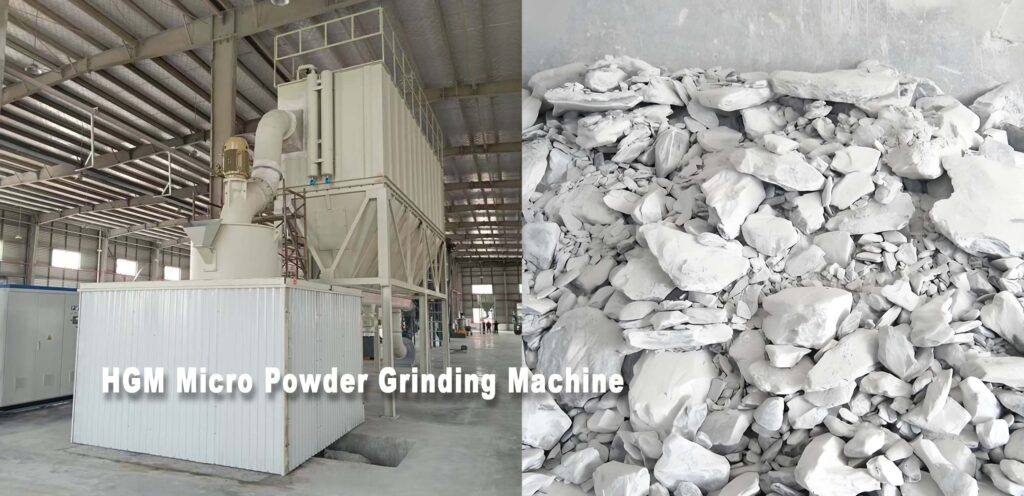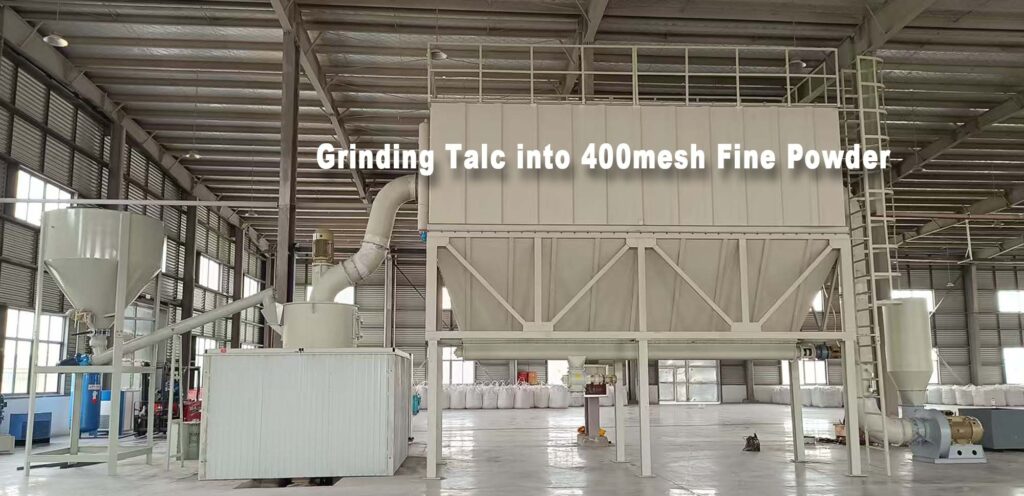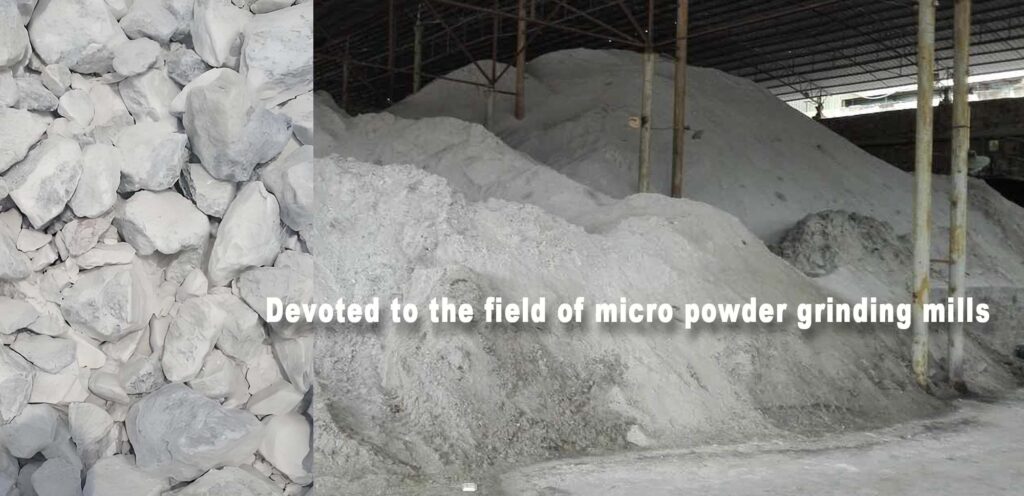In the mineral processing industry, the ability to produce ultra-fine powders is essential for unlocking the full potential of various minerals. Clirik's HGM Grinding Mill has proven to be a game-changer, especially in the processing of talc to achieve a 400mesh fineness. This article delves into the properties of talc, the working principles of the HGM Grinding Mill, its operational advantages, and the broader implications for the industry.

Material Overview: Talc
Talc is a soft, silicate mineral known for its unique properties, including chemical inertness, high lubricity, and thermal stability. These characteristics make it an indispensable material in industries such as cosmetics, pharmaceuticals, and plastics. However, to fully leverage its benefits, talc often needs to be ground into ultra-fine powders, which can be challenging due to its soft and flaky nature.
Working Principles of the HGM Grinding Mill
Clirik's HGM Grinding Mill is specifically designed to handle the delicate nature of talc while achieving the desired ultra-fine particle size. The mill's operation begins with the feeding of raw talc into the grinding chamber. The mill's central shaft, driven by a powerful motor, rotates the grinding ring and rollers. These rollers apply a combination of compressive and shear forces to the talc, effectively breaking it down into fine particles.
The mill's classifier then plays a crucial role in ensuring the consistency of the final product. It separates the ground material based on particle size, allowing only those particles that meet the 400-mesh fineness to pass through. Any coarser particles are redirected back into the grinding chamber for further processing.

Operational Advantages of the HGM Grinding Mill
One of the key advantages of Clirik's HGM Grinding Mill is its ability to handle a wide range of feed sizes while maintaining a consistent output. This flexibility makes it an ideal choice for processing talc, which can vary significantly in its initial particle size. The mill's advanced design also ensures minimal energy consumption and high throughput, making it a cost-effective solution for large-scale production.
Another notable feature is the mill's durability. The grinding rollers and rings are made from high-quality materials, ensuring a long service life and reducing the need for frequent maintenance. This not only saves on operational costs but also minimizes downtime, ensuring a smooth production process.
Broader Implications for the Industry
The introduction of Clirik's HGM Grinding Mill has had a significant impact on the talc processing industry. By enabling the production of ultra-fine talc powders, it has expanded the range of applications for this versatile mineral. This has led to new opportunities in industries such as cosmetics, where ultra-fine talc is used as a filler or coating agent to enhance product performance.
Moreover, the mill's efficiency and precision have helped to reduce production costs and improve overall quality. This has made it easier for companies to meet the stringent standards required in high-end applications, ultimately driving innovation and growth in the industry.

For companies looking to enhance their talc processing capabilities, Clirik's HGM Grinding Mill offers a powerful and reliable solution. Whether you are aiming to improve the quality of your products or increase your production capacity, this mill is designed to meet your needs.
If you are interested in learning more about Clirik's HGM Grinding Mill or would like to discuss how it can benefit your business, we encourage you to contact Clirik Machinery. Our team of experts is ready to provide detailed information and support to help you take your operations to the next level.
